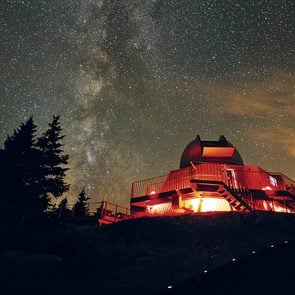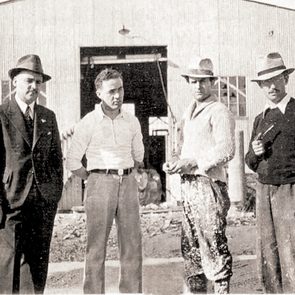Saving the Cyclorama of Jerusalem
Selling a family home is rife with emotion, all the more so when your home is a cultural landmark with a world-famous cyclorama on display.
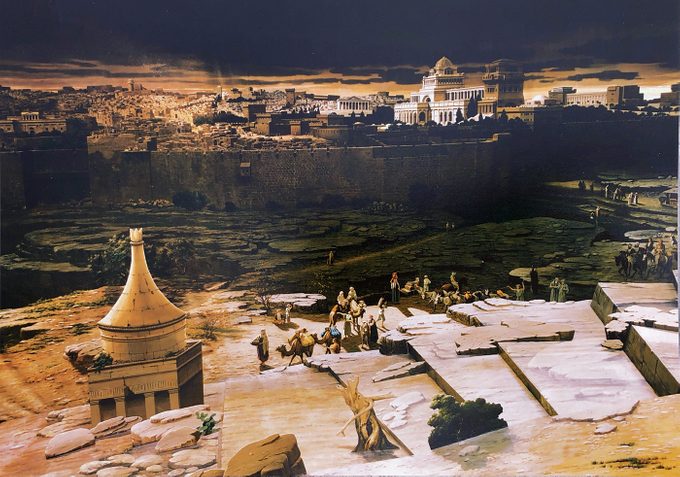
I was born and still live in Ste.-Anne-de-Beaupré, on the north shore of the St. Lawrence River, a half-hour east of Quebec City. My family, the Blouins, own a very unique place known as the Cyclorama of Jerusalem, a circular wooden building that was erected in 1895 near the local wharf and a block from the world-famous Ste. Anne’s Basilica. The building houses a fascinating 360-degree panoramic painting, with a 3-D perspective, of ancient Jerusalem during the era of Christ’s Crucifixion. This immersive display became extremely popular with tourists and churchgoers over the years. The property has remained closed since 2018, however, as the old building is in need of extensive renovation and repair.
In 2019, the structure and the painting were classified as a Heritage Monument by the government of Quebec, but unfortunately, a budget to aid in the building’s restoration was not provided. As the current president and general manager, my intent is to ensure that our private museum will be preserved for future generations of visitors. The question is: how?
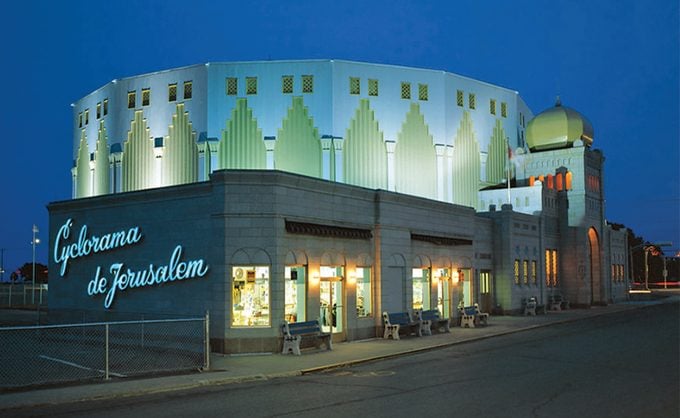
The Cyclorama of Jerusalem: A History
Our cyclorama, the largest in North America, measures 14 metres high and 110 metres long. It was first shown at a Montreal fair in 1889 and went on display in a rotunda at Ste. Catherine and St. Urbain in downtown, now the site of Place des Arts). In 1895, the canvas was rolled up and the rotunda was dismantled of transport by boat or train to our small locality.
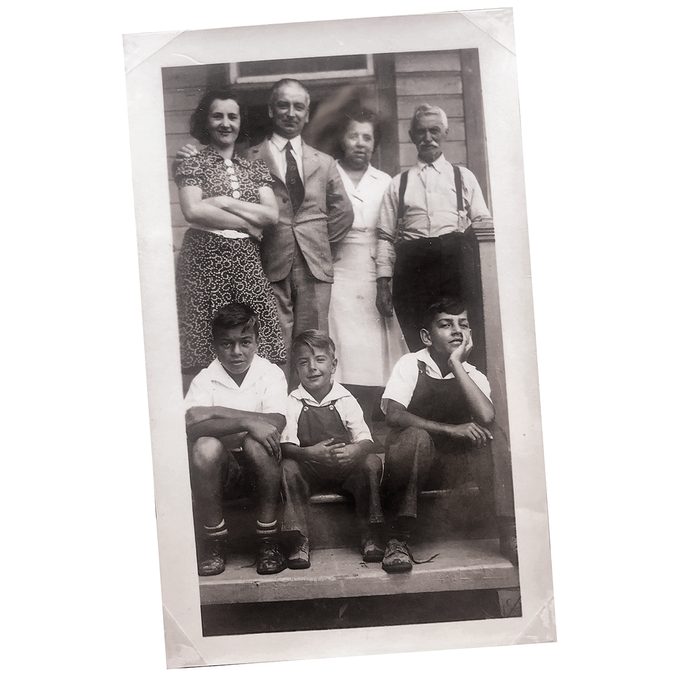
At that time, the owners were Albina Laurendeau and Ubald Plourde, who were neighbours and employers of my grandfather Georges-Henri Blouin. He was such a loyal worker that the couple chose him to be the sole owner of the Cyclorama of Jerusalem upon their deaths. So, grandfather Georges-Henri and grandmother Blanche-Irène (who was a photographer) raised their three sons in the midst of this biblical decor. As young boys, their playtime included helping to dust the enormous painting and welcoming worldwide visitors.
My father, Guy Blouin, now 93 years old, loved and took care of our cyclorama all of his life—and he still does. A humble and devoted man, he goes there every day to clean, inspect and do repairs.
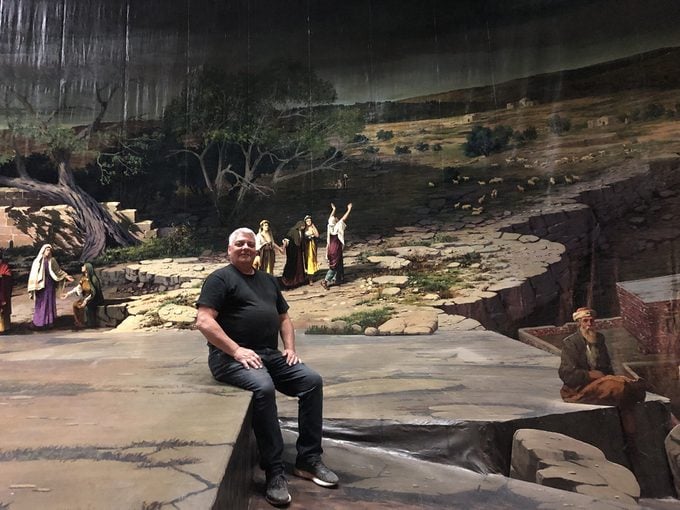
Of course, the next generation helped out, too—myself, my brother and sister, as well as Uncle Roch’s six children. We are all proud kids who grew up in this unique environment. I recall thousands of tourists visiting every year. It was fantastic!
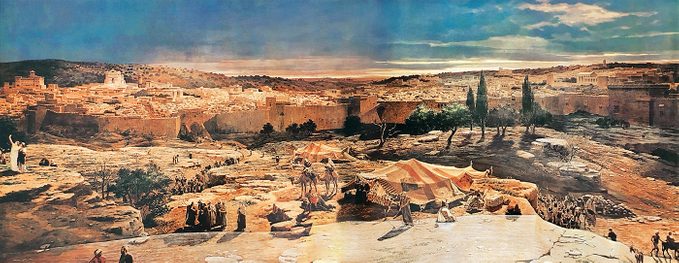
A Landmark in Transition
What I like best is that anywhere you look, you are treated to bright and vibrant colours. To me, the “Arab Tent” has been our visitors’ favourite scene, thanks to the attention to detail in its colourful textiles and the many people, and camels, shown going about their day in Jerusalem. Incredibly, the scene extends 80 kilometres into the distance.
Cycloramas such as ours were a form of visual entertainment decades before movies came to big screens in theatres, and usually depicted historic and geographical events. There is a cyclorama in Belgium, for example, that places the viewer in the middle of the Battle of Waterloo, which took place just south of Brussels on June 18, 1815. The illusion is so perfect, you feel as if you are part of this dramatic moment in history.
The Cyclorama of Jerusalem was created in Munich from 1878 to 1882 by German artist Bruno Piglhein. At some point an American, Dr. Ernest Pierpont, joined the project with a group of artists from Paris, London and Chicago, who later branched off in the United States to handle the main theme (the Crucifixion), draw camels and horses, and paint landscapes. Happily, the project was completed in time for the 1889 exhibition in Montreal.
In 1957, a portion of the building ’s roof collapsed, causing damage to the canvas and ruining a large portion of the boutique’s inventory. Insurance paid for the painting’s restoration, but my father had to work very hard to secure financing to save the building itself—which, thankfully, he did.
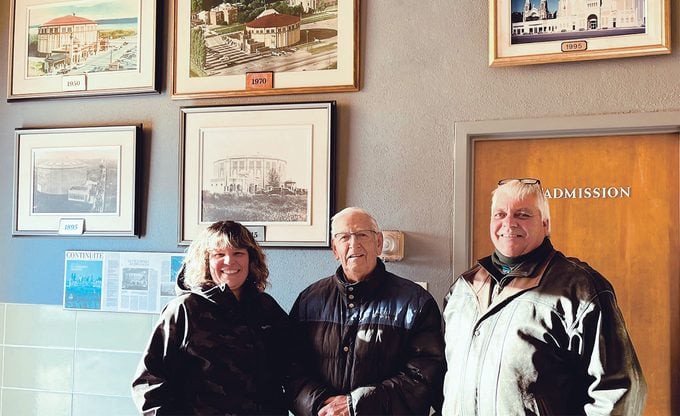
The Cyclorama’s Future
My role now is to ensure that the Cyclorama of Jerusalem broadens its fame and attracts the interest of potential new owners. To help raise international awareness, I attended the annual International Panorama Council Conference in Luxembourg last September and came home quite encouraged.
We do wish to retire some day, however, so the family business needs new blood to survive. Our small team now includes local artist Annie Lévesque, who is active in cultural development, and has quickly become my “right-hand man” as we determine how best to transfer this nearly 130-year-old institution to a new owner. In a way, I am launching an SOS to our town’s namesake, Saint Anne herself. I hope she will hear us—the Blouins, her next-door neighbours—and relay our message to the world!
Thank you to Hélène Jasmin of Saint-Polycarpe, Quebec, for suggesting this story and following up with the Blouin family. Click here for more info or to help the cause.
Now that you know the incredible story of the Cyclorama of Jerusalem, check out 10 historical landmarks every Canadian needs to visit.
